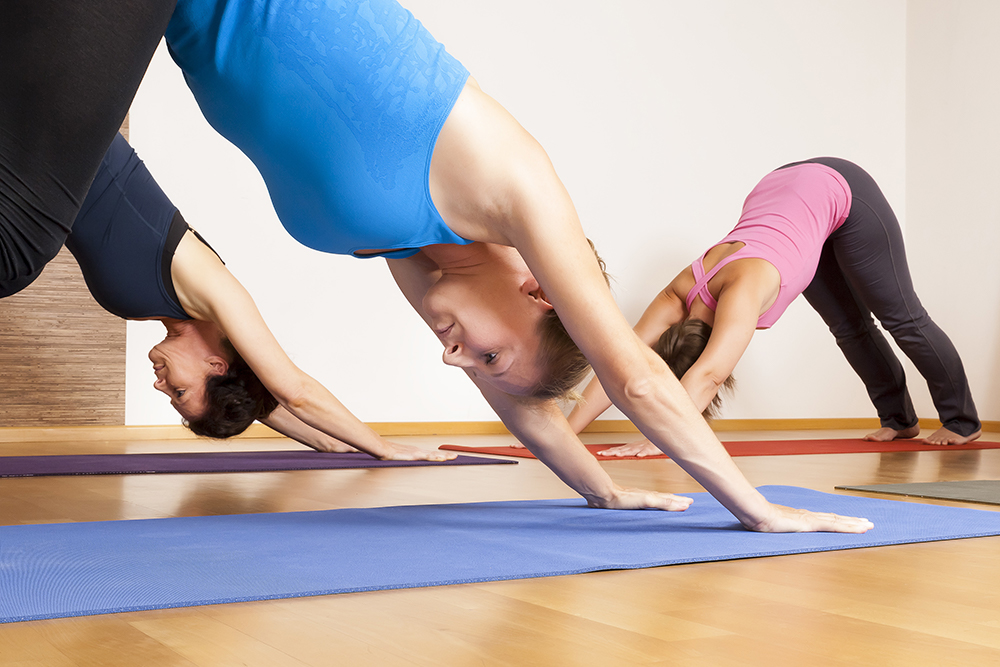
A Day in the Life
What does the day to day life of a radiology resident at the University of Colorado look like?
It depends a lot on what year of training you’re in, but our days are never boring, that’s for sure. Here’s a rough breakdown.
The work day is 8am-5pm on most services, with some 7am-4pm or 7:30am-4:30pm, and occasionally you’ll have longer days (for example on Interventional Radiology or with an early morning conference). We come in and start reading off the list. R1s are highly encouraged to start with bread-and-butter cases and progressively work their way up from radiographs to CT to MR. In reality, most of us read a combination of all of them in any given shift. A couple times throughout the morning, we read out with our attendings and make corrections to our reports.
Some sections have formal or impromptu teaching sessions throughout the week, but they are always good about showing us classic and/or interesting cases throughout the day. In addition to this, we have noon conference every day. The lecture schedule rotates weekly through the various sections, including radiologic physics, and are a foundational part of our education. For the first several months, there are dedicated lectures for R1s on Friday from 12-2pm that focus specifically on introductory material. We usually take a few minutes outside in the sun to catch up with each other before heading back to service.
Our afternoons are similar to the mornings, and there is often more time for formal and informal teaching in between studies. Days are usually done right around 5pm which gives residents time to have a nice work-life balance (and have time for studying). Upper level residents can moonlight after-hours, and many choose to take advantage of this opportunity.
Sprinkled throughout the week are Multidisciplinary and Tumor Board Conferences. Radiologists are an integral part of the conversation and in directing the care and management of medically and surgically complex patients. Participation in these conferences is highly encouraged. As a lower level resident, you begin to see how central radiology is to so many specialties and sub-specialties, what our referring clinicians need to know from us, and how our input helps so many patients. Upper levels are encouraged to take the lead in these conferences and present the radiology findings (an attending is always right there to help), which is an amazing opportunity to have before getting out into the “real world” of practice.
Every Wednesday morning, we have Proven Case Conference, in which a resident runs a “hot seat” presentation of several cases with a series of proven diagnoses. These are designed to show interesting cases, become a mini-expert on several topics, teach co-residents, and hone our on-the-fly diagnostic and communication skills. After this conference, 8-9am is reserved for a monthly journal club, an in-house boards-style test of material you learned on the current rotation, and NIS (or “non-interpretive skills”) lectures covering everything from law, business, and contract negotiation from the radiology perspective.
As we progress in training, we take more “swing” and call shifts, the schedule of which is too detailed to delve into here, but they are afternoon/evening shifts. This is when we see the majority of our cases coming through the ED, so it’s a great time to see bread and butter pathology, although there is no shortage of complex cases, especially at the University of Colorado Hospital. These are busy shifts but subspecialty attendings and/or our internal ED/nights radiologists (also subspecialty trained) are always sitting nearby or a quick phone call away.
Weekends are mostly free during R1 year, and we take more weekend call shifts and do several weeks of night shifts in each subsequent year, the most being in the R2 year. We are taken out of the call pool prior to boards to help with study time.
As you can see, there is a ton of variability to our days which keeps it interesting. And there is always more to do if you want. Our residents are very engaged outside of strictly at-work radiology endeavors. We have representatives of the Housestaff Association, the Vice President and President of the Colorado Radiologic Society (the state chapter of the ACR) Resident/Fellow Section, a Social Committee, Resident Wellness Committee and various residents involved in medical student teaching…the list goes on.
That’s a lot to digest, but hopefully it gives you some sense of what our day is like. The most important thing for any applicant is finding a place you think is a great fit for you and what you want out of your life and training, so if you have any questions, please don’t hesitate to reach out to us. We’re a very open and welcoming group and always happy to answer any questions! You can find our emails on our resident profiles.
.jpg?sfvrsn=68be3ebb_2)
.jpg?sfvrsn=eba03bbb_2)

